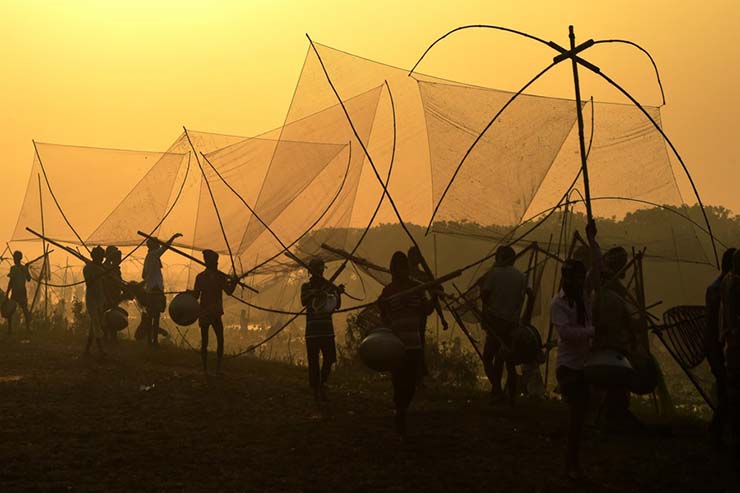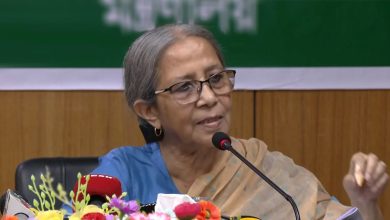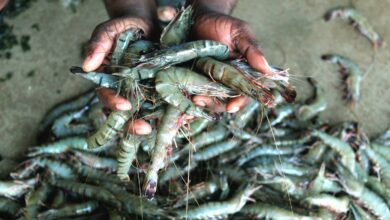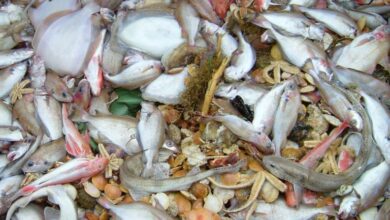Bangladesh ranked 3 in fish production globally

Freshwater fish production has been declining in most countries of the world over the decade. It is due to the exceeding population growth and pollution. The same situation is happening for the farmed fish as well. Amid these crises, four countries have maintained the continuity of production growth as exception. Bangladesh, India, Myanmar and Uganda have made it possible. And overall, Bangladesh is in the 3rd position after India and China in freshwater fish production. Bangladesh is at the same position in the production of farmed fish.
This figure emerges in the Global Fisheries Report published by the Food and Agriculture Organization (FAO) of the United Nations. This report is published every two years. The report was published on 1st of July 22, titled ‘The State of World Fisheries and Aquaculture 2022’. It says that despite various obstacles, three countries are setting an example for the world in the production of farmed fish. Bangladesh and Vietnam in Asia and Egypt in Africa have shown this success. It has been said that 11% of the freshwater fish in the world is now being produced in Bangladesh. The total amount of which is about 1.3 million tons.
According to the report, Bangladesh ranks 2nd in the world in terms of freshwater fin fish production. Hilsa is also among these fishes. A total of 1.3 million tons of fish are harvested from open water bodies in Bangladesh. Of this, Hilsa is about 600,000 tons. Bangladesh ranks number 1 in the world in the production of Hilsa fish. The other seven major finfish are Ruho, Catla, Pangasius, Tilapia, grass carp and silver carp. These seven fishes are given the most importance in farming around the world.
The FAO report, however, did not show much success in Bangladesh’s marine fisheries. Bangladesh is at 28th position in this sector. The top five countries in the world in marine fish production are China, Indonesia, Peru, Russia and the United States. Bangladesh collects 670 thousand tons of fish from the sea. And China, which is in the top position, extracts about 11.8 million tons of marine fish.
According to the sources of the Ministry of Fisheries and Livestock, the increase in the production of Hilsa has played a major role in the success of the open water fish production in Bangladesh. And in the field of farmed fish, the fish varieties developed by the fisheries scientists of Bangladesh have quickly become popular and profitable for the farmers. As a result, production has also increased.
In this regard, Fisheries and Livestock Minister Mr. S M Rezaul Karim said that the government is paying more attention to research to maintain the continuity of fish production in Bangladesh. At the same time, the production of fish larvae and fingerlings is being increased to deliver the newly developed varieties to the farmers. If the pollution of water bodies and rivers can be reduced, the production will increase.
According to Bangladesh Fisheries Research Institute (BFRI) sources, out of the total amount of fish produced in the country, carp genre is 21%. Among them, Rohu fish is the largest, 11%. It is followed by Pangasius 11.55%, Tilapia 9.69%, Catla 7.5% and Silver carp 7.3%.
According to BFRI data, farming methods of 36 native small fishes have been developed in the last decade. As a result, the production of farmed fish has increased from 67,000 MT to about 250,000 MT. According to the institute, there are 260 species of freshwater fish in the country. Out of those only 30 species are in cultivation practice now. If the cultivation of other species comes into practice, the fish production of Bangladesh will reach 5 million tons.
BFRI Director General Mohammadu Yahia Mahmud said, “We have created a live gene bank of fish species mostly available in the country. From that gene bank, we are developing cultivation methods of popular varieties and spreading them among the farmers. Hopefully, the country’s fish production can be increased in the next few years.
However, in order to sustain the production of fish, rivers and reservoirs must be de-polluted, according to Professor Mr. Abdul Wahab, the team leader of the EcoFish program of the international organization World Fish. He said that it will not be possible to maintain the production of Hilsa if the rivers are not kept free from pollution.




